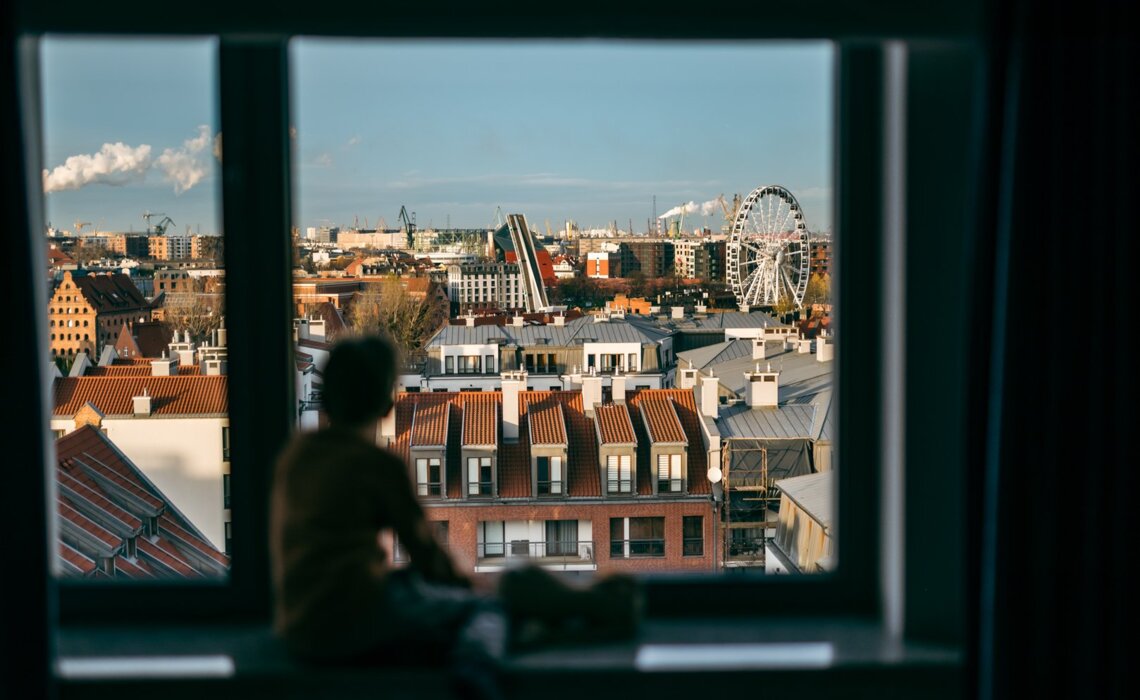
Green Gate
Gdańsk, a city with a rich history and extraordinary atmosphere, hides many secrets within itself. One of them is the Green Gate – an icon of Renaissance architecture and a symbol of the city. Although its name suggests a green color, this building does not stand out with any green elements. So where did such a peculiar name come from?
From the green bridge to the green gate
The name Green Gate comes from the nearby Green Bridge. Although the current bridge has lost its green color, its predecessor was built of green stone. This historical name stuck to the bridge and over time also transferred to the nearby gate, although it was never green. It is an interesting testament to how place names can evolve over the centuries and how easily mistakes can occur in interpreting historical names.
A gem of Renaissance architecture
The Green Gate is a true masterpiece of Renaissance architecture. It was built between 1564 and 1568 according to the design of Dutch master Regnier and German architect Hans Kramer. Its unique style, combining elements of Dutch mannerism with local traditions, makes it one of the most recognizable monuments in Gdańsk.
A place for meetings and events
For centuries, the Green Gate has served many important functions. It was the seat of the day and night city guard, as well as a place where the city scales were located. However, it is most famous for being a place where Polish kings stayed during their visits to Gdańsk. Although none of the monarchs resided here permanently, Maria Ludwika Gonzaga, the future wife of Władysław IV Vasa, stayed overnight in the Green Gate. On the first floor of the gate, there was a representative hall where numerous ceremonies, banquets, and theater performances were held.
Turbulent history
The history of the Green Gate has been turbulent. During World War II, the building was severely damaged. Fortunately, due to the efforts of conservators, it was rebuilt between 1950 and 1953 and regained its former glory. Today, the Green Gate houses a branch of the National Museum in Gdańsk, where exhibitions presenting the history of the city and art can be admired.
The Green Gate – a symbol of Gdańsk
The Green Gate is not only a monument but also a symbol of Gdańsk. Its rich history and unique architecture make it one of the most visited places by tourists. Walking along Długi Targ, it is impossible to walk past this majestic building indifferently. The Green Gate is a testament to Gdańsk's rich past and a reminder of the multicultural character of this city.
We invite you to visit Gdańsk and discover the secrets of the Green Gate!
Other attractions





.jpg)




.jpg)



1.jpg)

































